Having a Back Up Plan
If you are one of my regular followers, you know how important I think having an alternate plan is; I hate surprises and always try to anticipate problems ahead of traveling with my family. As much as I try and plan when I pack a suitcase and pack the car for a trip, undoubtedly something unexpected will come up.
Once we had children, the days of spontaneous weekend getaways ended for me and my husband. I do think it’s important to research a museum, restaurant, concert, hotel, or even a city before I made a commitment of my family’s time, money, and energy. I’ve learned the hard way- many times- that it’s a necessary to have a back up plan in case of inclement weather, unexpected closures, illness, or just a plain ol’ impromptu sprinkler park in the middle of the city.
While there will always be some things out of my control, and some things I just won’t anticipate, knowing how I will deal with the unexpected when it inevitably comes up takes some of the pressure off of me. Here are my top tips:
Before You Go:
1. Check hours of operations for any place that you are visiting: The week before I head someplace new, I call to get a verbal confirmation; sometimes websites are not up to date with information.
2. Have copies of medical information and insurance cards: There have been times when our children have been traveling alone with me, or with my husband, and the insurance cards are with the other parent. We make copies of these cards and important information and have photos of the copies on our phones.
3. Check for discounts and free admissions: Several museums in major cities have a “suggested” admission fee, but you can pay what you want. Bank of America has a great “Museums on Us” program which grants cardholders free admission at hundreds of popular locations in each state during the first full weekend of each month. If your child’s school participates in the KidStuff book, be sure to check for coupons.
4. For When There’s an Unexpected Delay or Wait: Toss playing cards and crayons in your backpack or purse. Neither item takes up a lot of space or adds a lot of weight to your bag. There are dozens of games you can play with cards- even toddlers can learn “Go Fish” quickly- and who doesn’t like to color? You should be able to readily find scrap paper, napkins, take out menus, paper place mats, or receipts.
Would you like to save this?
Plan B Options When You’re Out and About:
1. Bookstores: As I have mentioned before, my children love to read. Recently, when we were in New York City and the museum we had hoped to visit was closed for a holiday (No, I didn’t call ahead). I googled the nearest Barnes and Noble and within 15 minutes, my children were happily ensconced in a recently purchased book and I had a drink in the cafe while I planned our next course of action. Bookstores are clean, have restrooms for patrons, and often have cafes where we can get something to eat, and recharge our batteries (literally and figuratively).
2. Libraries: Virtually every town has a library open to the public. Again, lots of clean, safe space for children to explore and parents to regroup and strategize. Plus, librarians are knowledgeable, can help with local recommendations and directions, and if they don’t have the answer, they surely know how to find it.
3. Movie theaters: Sometimes you just need to check out for a few minutes (or hours) and get lost in another world. Theaters usually have liberal hour from late morning through the evening and are a great way to rest your feet.
4. Trampoline and Bounce Centers: If, instead of resting your feet, your kids need to get moving, try burning off some energy at a local trampoline park, bowling alley, or jump house. Do a quick google search and be on the lookout for online discounts. Many places do not charge for adults, so you can save some money while still keeping a close eye on your children.
5. National Park Locations: Granted, many of the almost 500 National Parks locations are not in high traffic areas or directly off major through ways, but it’s worth checking anyway. There are so many wonderful things about visiting a National Park site that you should always check to see if there is a location nearby. Read my tips about visiting here.

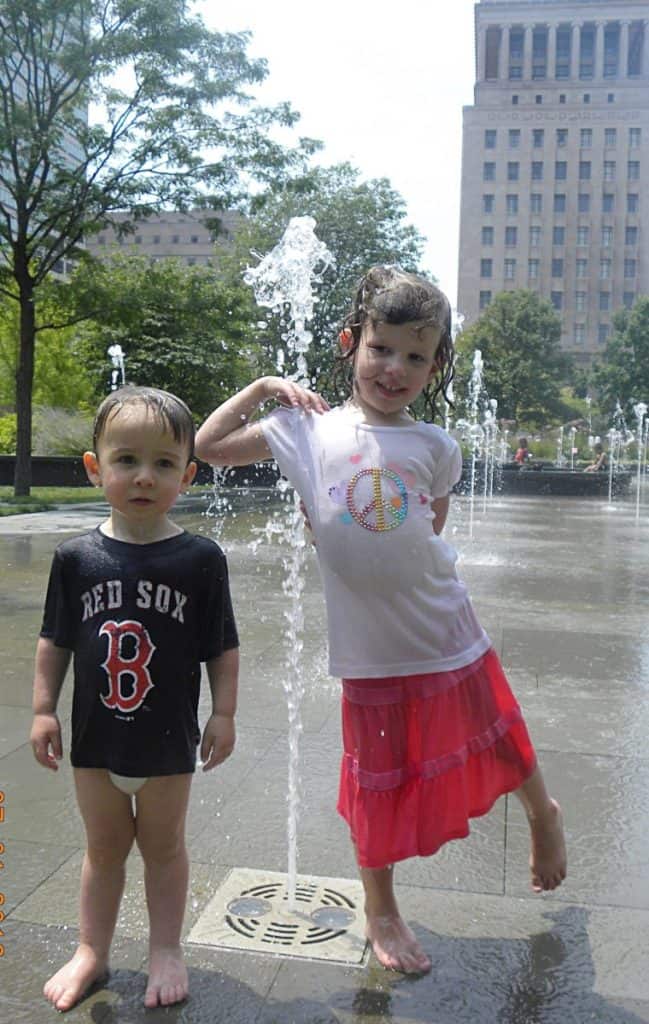
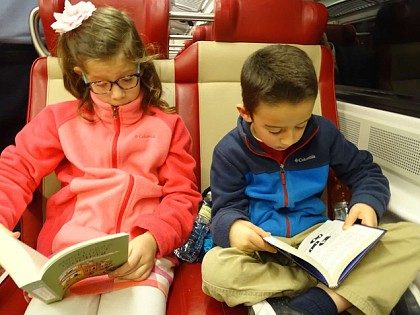
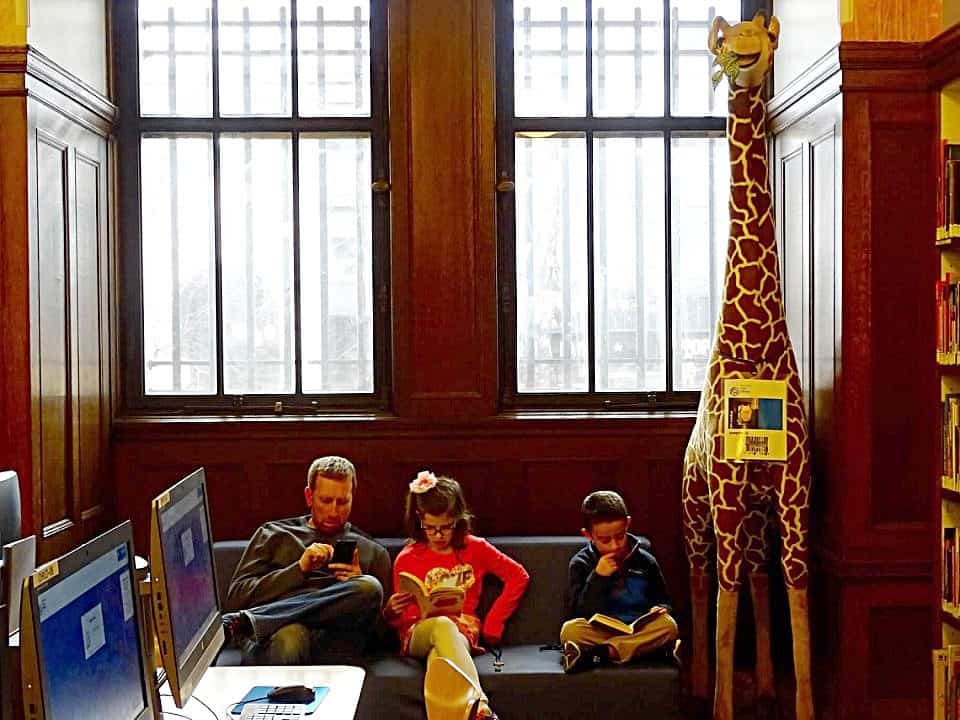




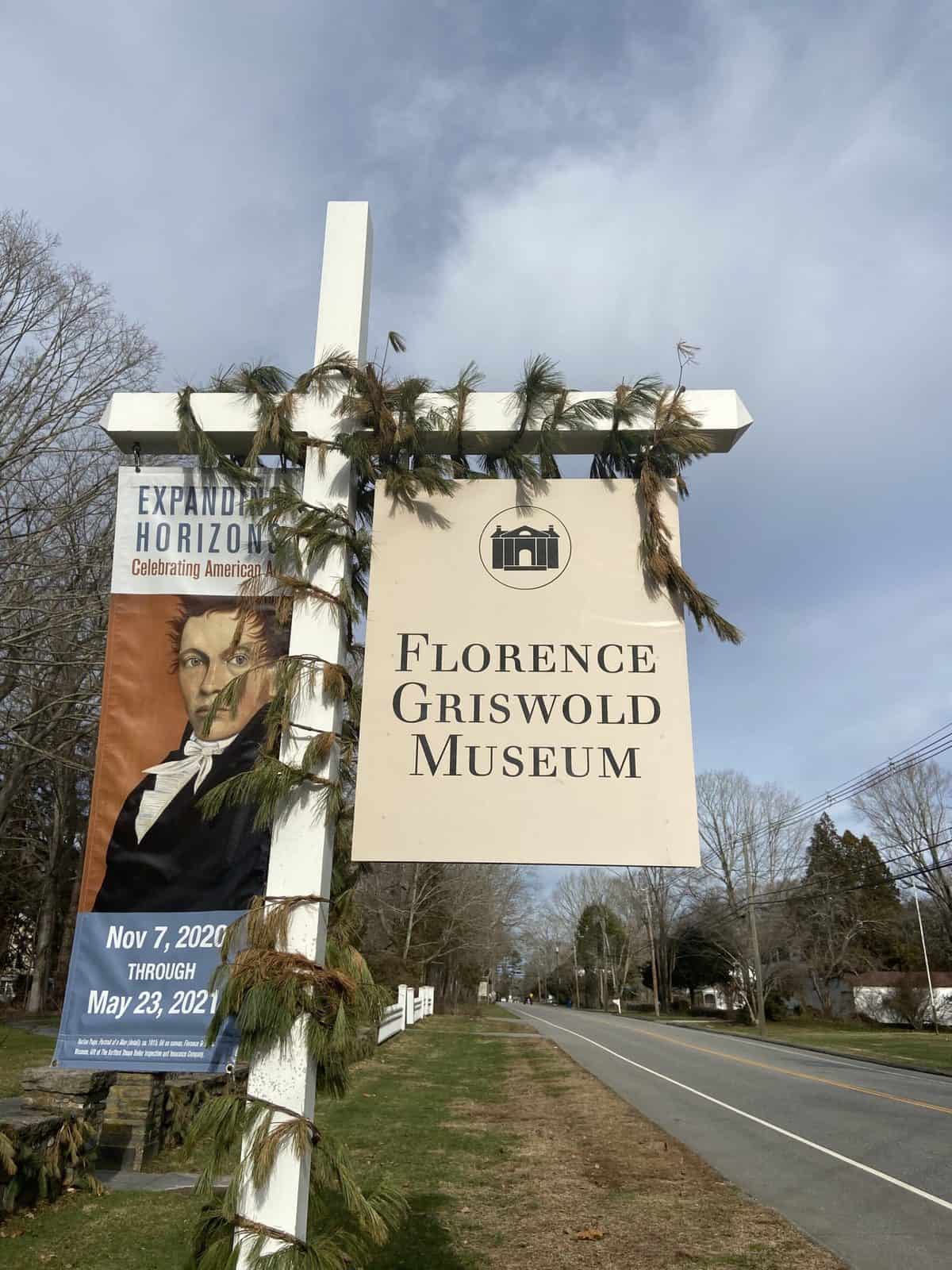
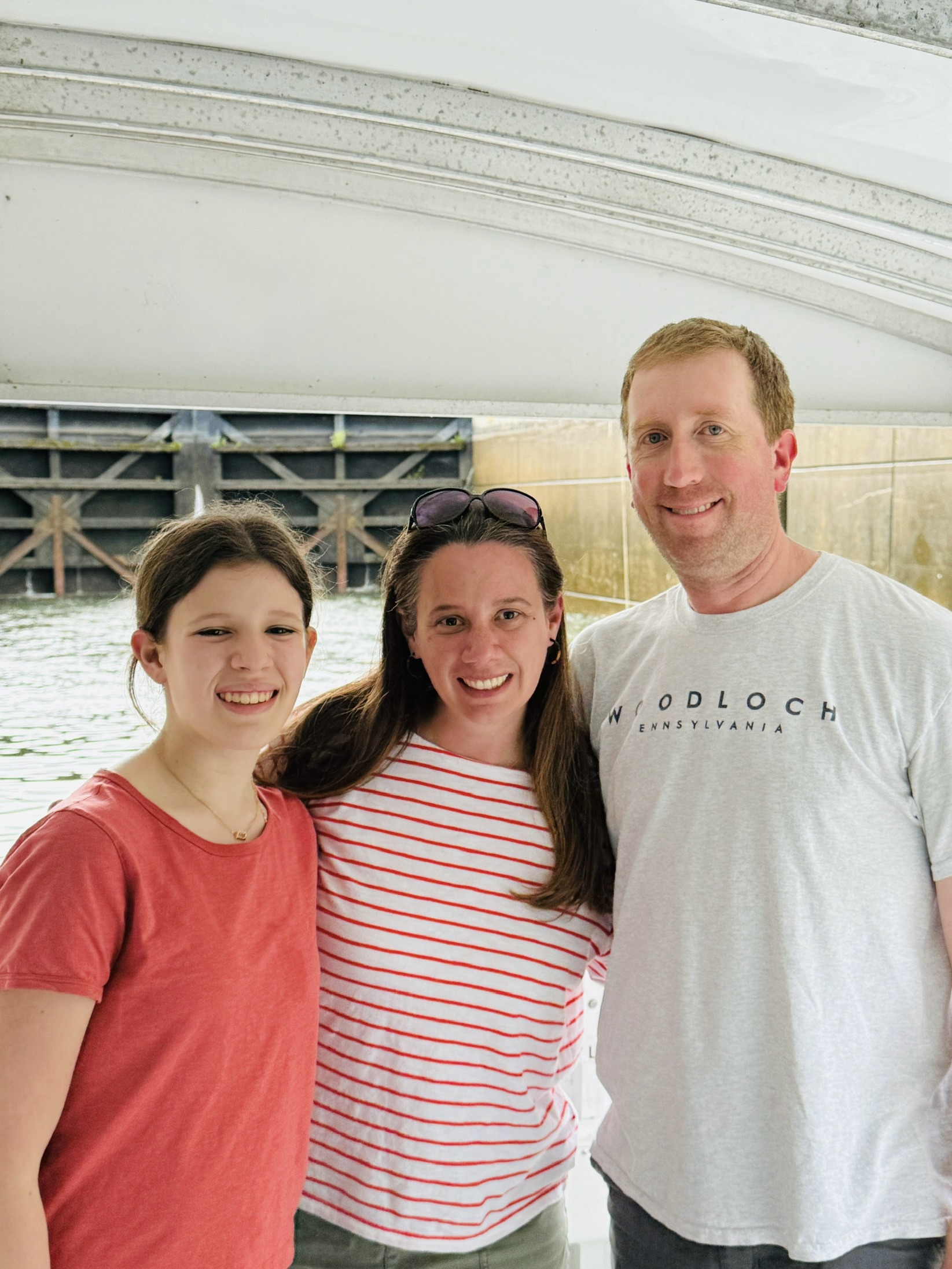
These are very helpful tips. Your blog is amazing!